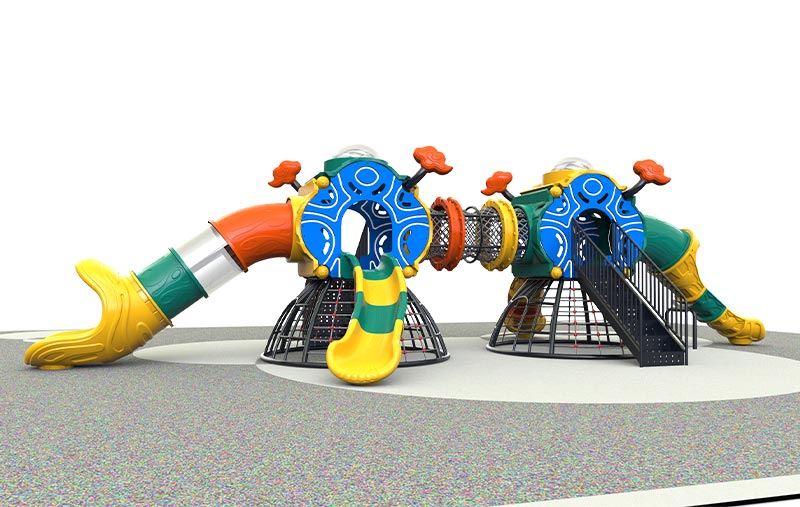Improving children's balance and coordination is essential for their physical development, motor skills and confidence.

Balance is the ability to maintain the body's center of gravity within the support surface to prevent falling or loss of stability.
Static balance: maintaining a static posture (such as standing on one foot, sitting still).
Dynamic balance: adjusting the center of gravity during movement (such as running, going up and down stairs).
Coordination refers to the ability of multiple body parts or muscle groups to work together in a specific order and timing to complete smooth and precise movements.
Gross motor coordination: involves large muscle groups (such as skipping rope, swimming).
Fine motor coordination: small muscle group control (such as writing, tying shoelaces).
Hand-eye coordination: such as ball games, jigsaw puzzles
Balance and coordination skills are the core foundation of children's all-round development, directly affecting their motor skills, learning efficiency and mental health. Good balance allows children to explore the environment safely, reduce the risk of falling, stimulate brain nerve development, improve attention and spatial cognition; coordination ensures accurate and smooth movements, helps to master skills such as writing and sports, and enhances self-confidence and social participation. If these two abilities are insufficient, it may lead to learning difficulties, frustration or avoidance of sports. Early cultivation through games and daily activities can lay a solid foundation for children's physical and mental growth and develop positive and healthy living habits.
1. Hand-eye coordination enlightenment
Rainbow grip bottle: Mineral water bottles are filled with colorful beads, guiding children to shake and observe, and exercise hand grip and visual tracking.
Towel treasure hunt: Cover the toy with a towel and encourage children to uncover it to find it, cultivate fine hand movements and problem-solving skills.
2. Dynamic balance reinforcement
Single-leg hopscotch: Draw a grid on the ground, jump on one foot and pick up the designated sandbag while keeping the body stable.
Scooter around the pole: Set up plastic bottle obstacles and ride in an "S" shape to improve vestibular sense and motor planning ability.
3. Cross-coordination training
Cross-balling: alternately ping the ball with both hands, and step on the mark with the left and right feet alternately to promote bilateral coordination of the brain.
Rope skipping competition: From single swing jump to double swing, opening and closing jump, weaving jump, enhance the coordination and sense of rhythm of the whole body.
Playgrounds are a great place for children to develop motor skills such as balance and coordination.Improving balance and coordination in children is essential for their physical development, confidence, and overall motor skills.
NingKe's Outdoor Play Equipment allows children to challenge their balance by walking on uneven steps. Climbing is also good for children's physical development. It helps them build physical strength and confidence. Outdoor Play Equipment allows multiple children to climb and explore together, making climbing more immersive and fun.

GET A QUOTE